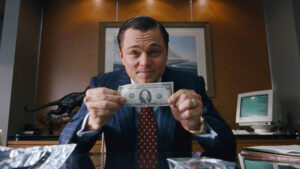Despite being more likely to die in a car crash on the way to buying your ticket than actually winning, it’s impossible not to fantasise about what one would do with such a filthy amount of Benjamins. That’s the reason why $7.2 billion worth of lotto tickets was purchased in 2018 by Australians alone, and it’s also the reason why Romanian economist – Stefan Mandel – is in Vanuatu with his feet up and a frothy in hand.
Rewinding to the 1960s, a young Stefan Mandel was barely surviving on a wage of 360 Lei (AU$124) a month in Communist-ruled Romania. Plagued by “profound misery,” Mandel turned to his natural gift with numbers to dig himself out of the hole. With the lotto in his sights, he spent years formulating a number-picking algorithm based on Fibonacci papers. With this algorithm, the economist claimed he could pick five of the six winning numbers in a lottery, thus reducing the odds from millions to just thousands.
He scraped together cash from every relative and friend to pool into the local lottery, miraculously winning a sum equivalent to AU$27,000 and netting AU$5,600 for himself. This allowed him to bribe officials and flee Romania for greener pastures… and bigger jackpots.
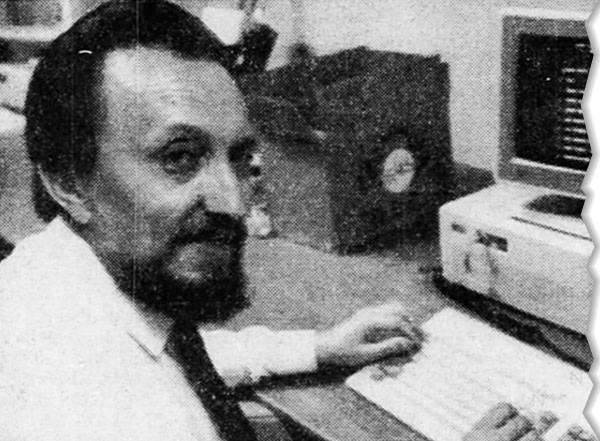
Mandel settled in Australia after four years of roaming Europe, particularly for what he found in our lottery system. In the typical lottery, a set of numbers within a certain range (say 1-50) are randomly selected. If yours match in any order, you win the jackpot. The chances of winning are based on the number of possible combinations of these numbers, often in the millions. But Mandel caught on to something – in certain lottos, the total number of possible ticket combinations was significantly lower than the jackpot.
For example, let’s say a lottery required six picks of numbers between one and 40. This would yield 3,838,380 possible number combinations. Now, let’s say that same lottery had a $10 million jackpot. In theory, Mandel could buy a ticket for every single combination at $1 each and be guaranteed a win — and, after taxes, a decent profit.
Using this method, he pulled together thousands of investors to gather the capital required to purchase every possible combination where the anomaly existed. He then developed a full-fledged automation system: a room full of printers and computers running on an algorithm that pre-populated tickets with every combination, and subsequently won 12 lotteries across Australia and the UK during the 1980s.
RELATED: What Happens After You Win The Lottery?
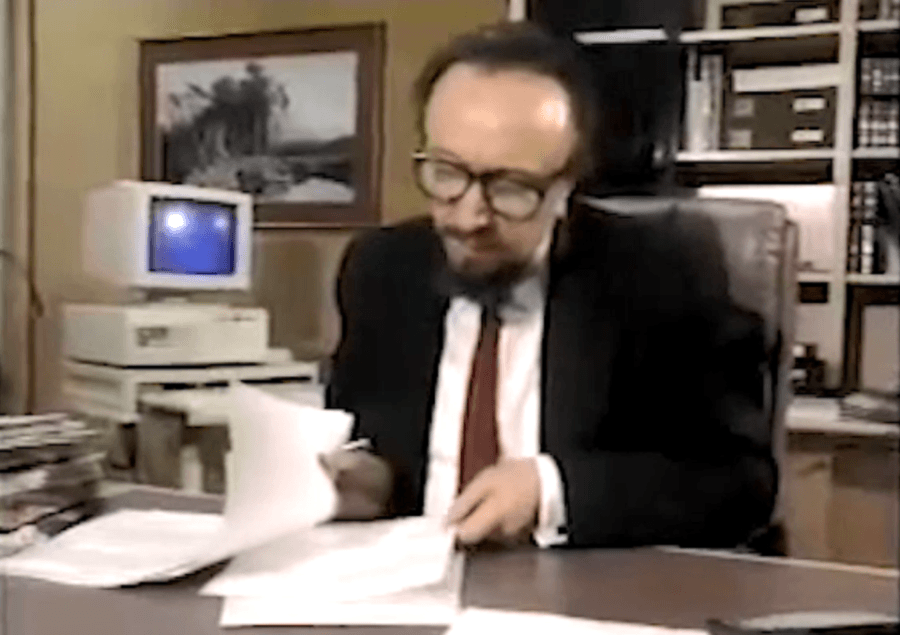
These antics quickly caught the eye of the lottery authorities, with the Australians changing the law multiple times – by the end of the 1980s, they’d outlawed both computer-printed tickets and bulk purchasing of tickets by an individual, thus rendering Mandel’s system useless.
He focused his operation on Virginia in the States, where laws for the system were still favourable, and waited for a jackpot sum big enough to justify the buy-in costs. Shortly, one AU$38.4 million jackpot emerged and it was all systems go. Mandel printed 7.1 million lotto tickets (thus covering every combination) and shipped them to Virginia.
Now remember. Tickets could be legally printed at home, but they still had to be taken to an authorised lotto retailer, paid for at $1 each, and processed. Waltzing into a gas station with seven million tickets and a truckload of cash wasn’t an option. The solution? Mandel hired 35 couriers to hit 125 petrol stations and supermarkets in two days to make the valid purchases.
In the coming days, officials would find out that one “person” had secured not only the AU$38,438,634 jackpot, but six-second prizes, 132 third prizes, and 135 minor prizes collectively worth another AU$1.28 million.
From the shadows in Australia, Mandel sent out a short message to his 2,524 investors.
“One of our target lotteries did jackpot to our required level,” he wrote.
“We entered and won.”
Here’s his step-by-step process to win…
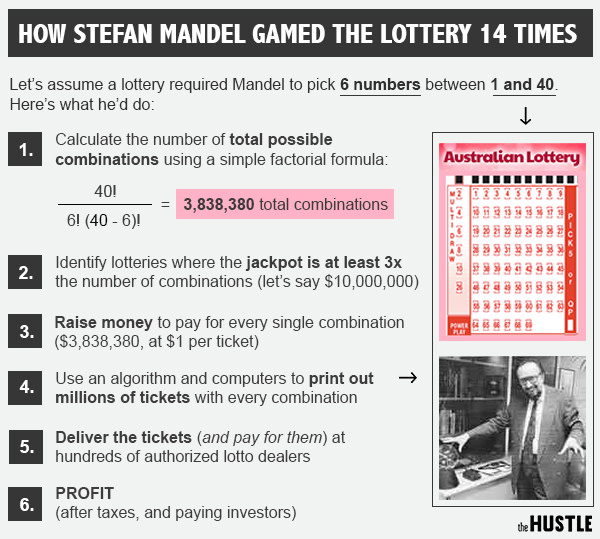
Source: The Hustle
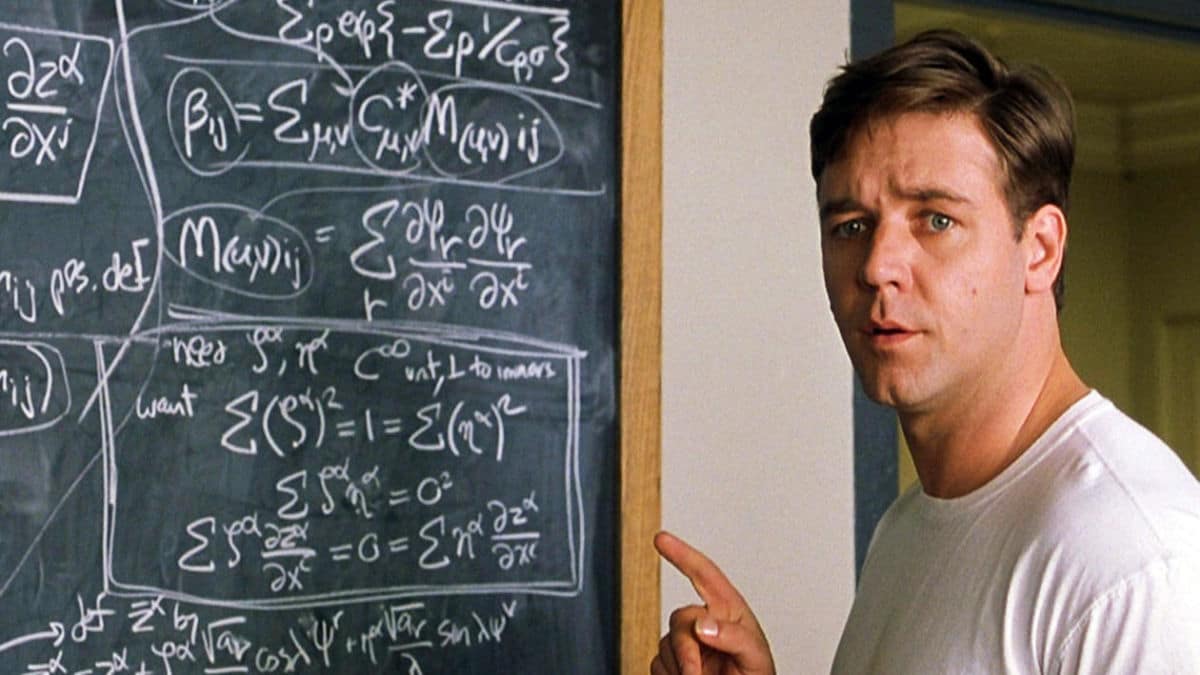






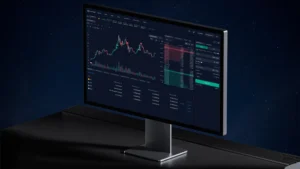


![Are You Still Watching Soon You Won't Have A Choice [Netflix x Warner Bros]](https://www.bosshunting.com.au/wp-content/uploads/2025/12/Are-You-Still-Watching-Soon-You-Wont-Have-A-Choice-Netflix-x-Warner-Bros-300x169.jpg)
![This Ex-Ballerina Just Became The Youngest Self-Made Female Billionaire [Kalshi Luana Lopes Lara Net Worth]](https://www.bosshunting.com.au/wp-content/uploads/2025/12/This-Ex-Ballerina-Just-Became-The-Youngest-Self-Made-Female-Billionaire-300x169.jpg)



